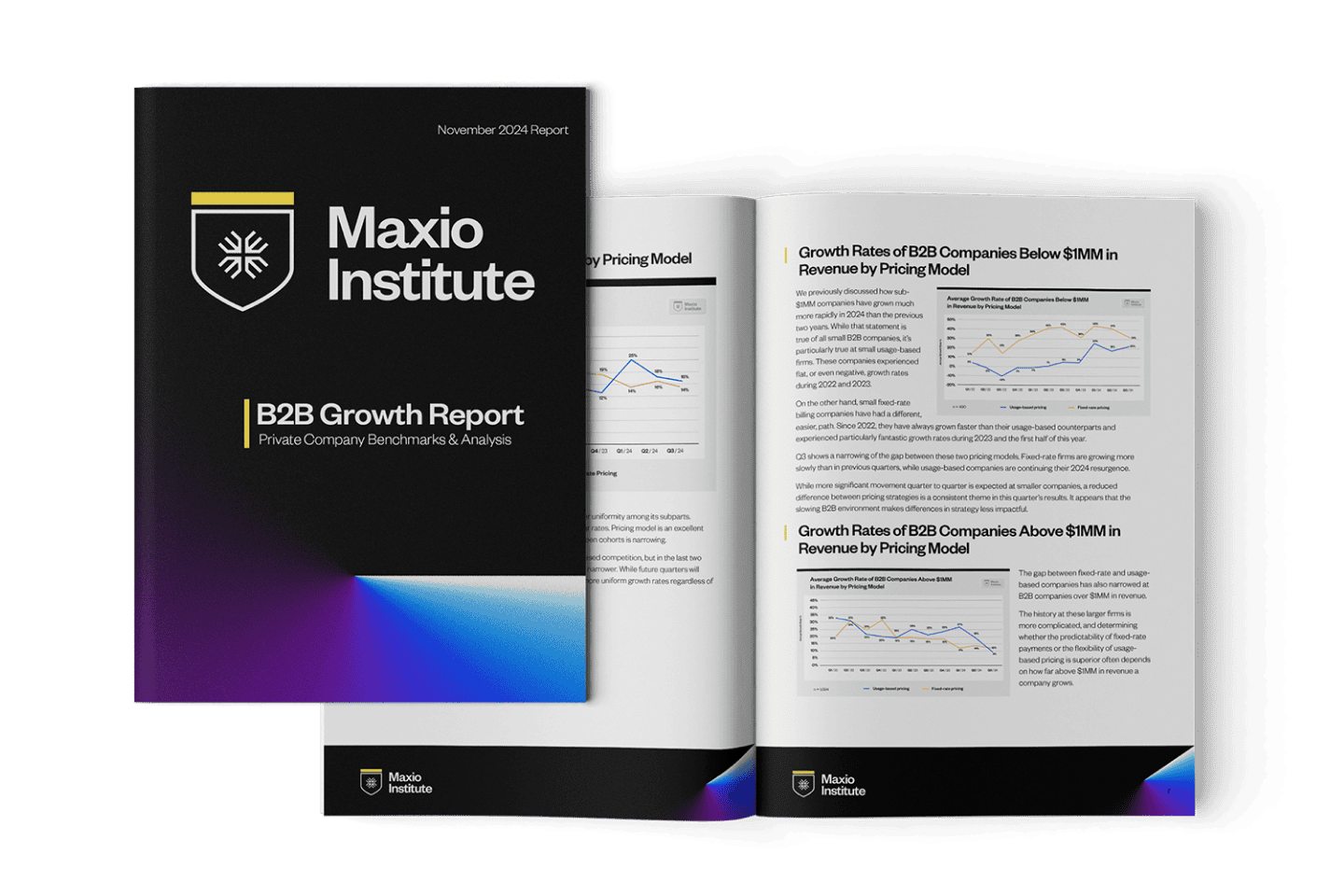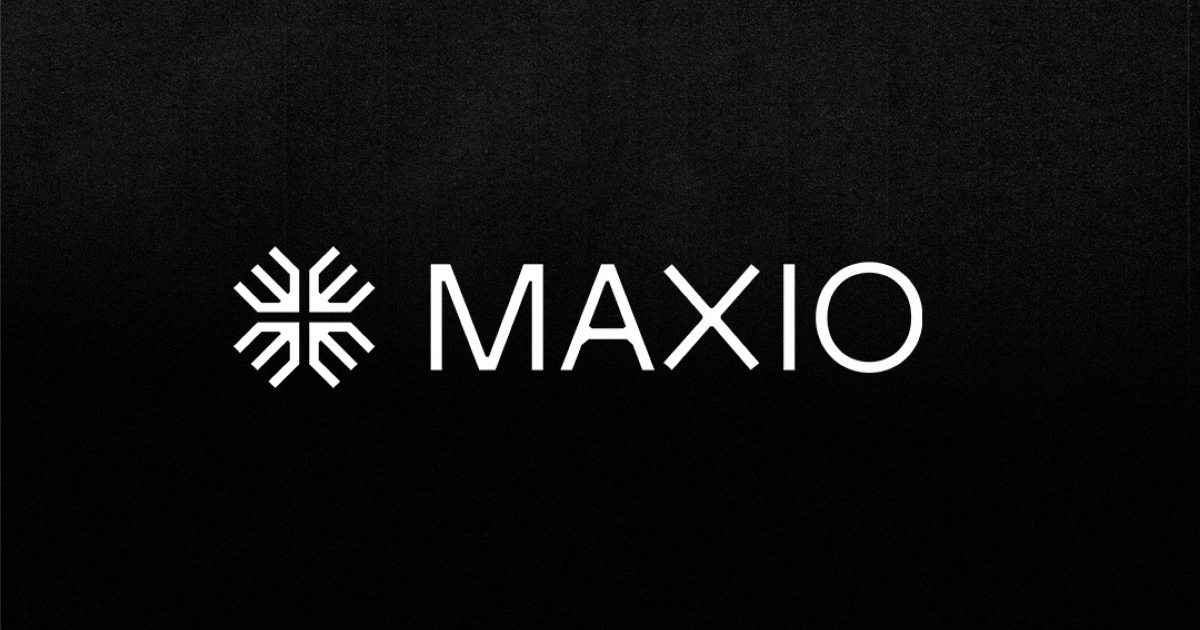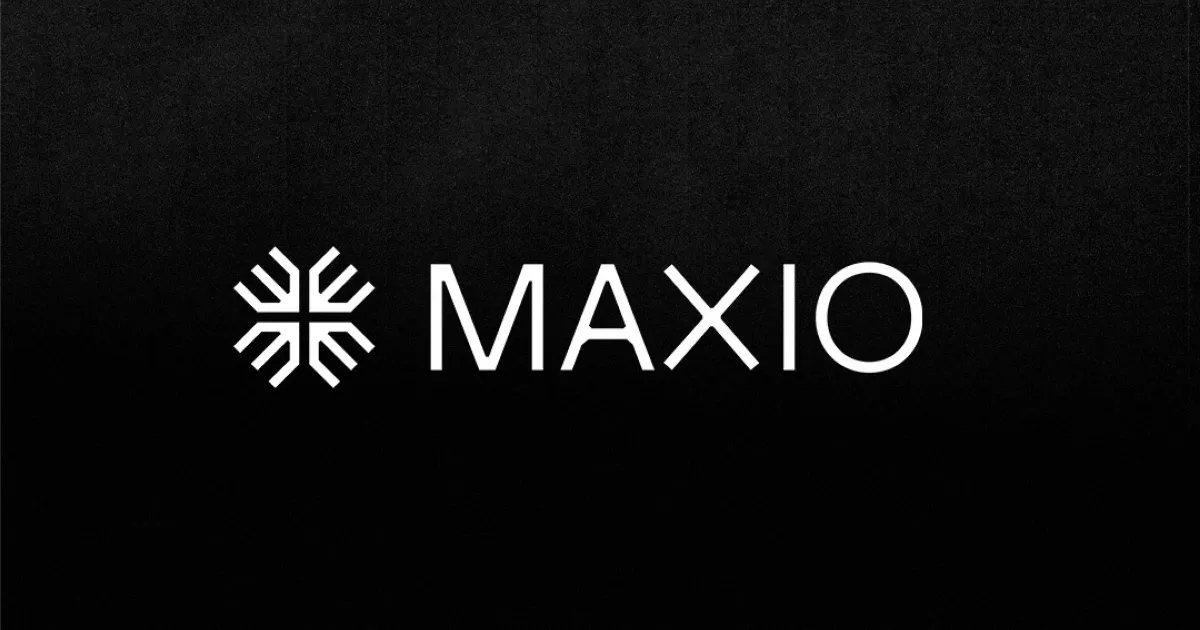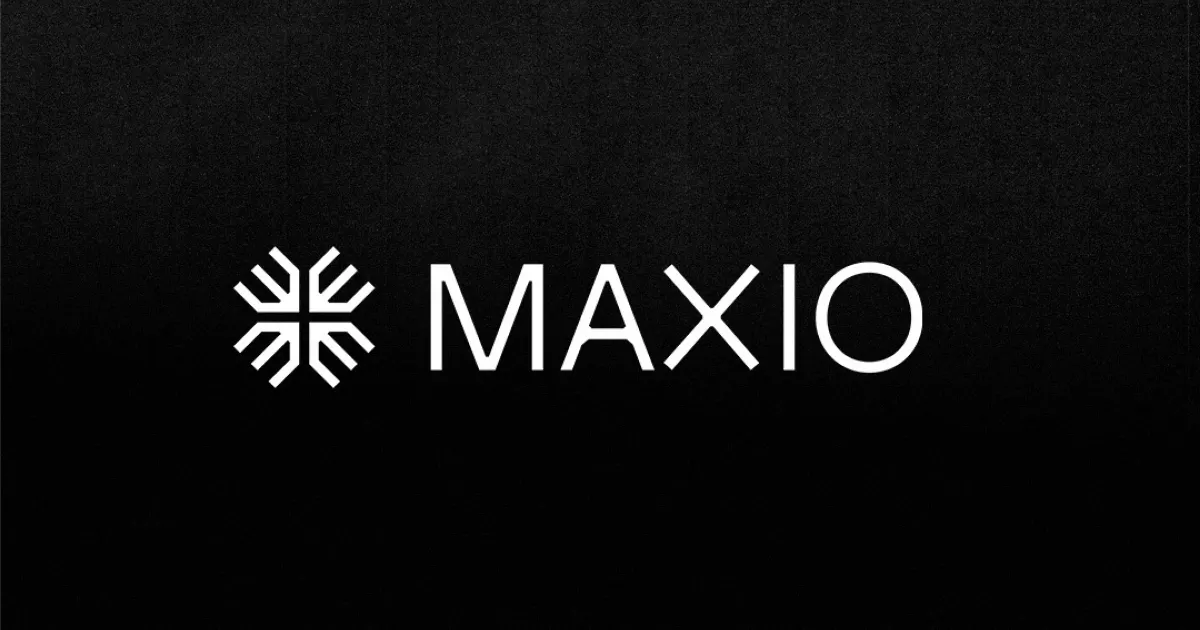In this episode of RevOps and Hops, TINT CEO, Sameer Kamat joins us to discuss how sales and customer success intertwine with RevOps. And this time, Michael chooses a beer brand that is not only tasty, but representative of what customer service means.
You can listen to episodes of RevOps and Hops on Apple Podcasts, Spotify, or wherever you listen to podcasts. There’s also a full video version below so you can pick and choose your own journey.
Key Takeaways
- Delighting the customer is what really leads to success (retention/expansion)
- Customer delight needs to be a company-wide culture phenomenon
- Each customer touch point you have should be a building conversation, not a repeat of the last
- Bring in customer success during the sale to avoid repetition and create clarity
Breaking down the hops
This episode features New Belgium Fat Tire, an amber ale that comes all the way from Fort Collins, Colo. And, in line with our topic of sales, Fat Tire is one of the biggest selling craft beer brands in the US.
Michael adds that it’s also a brand that exemplifies customer service. If you go into any New Belgium tap room you will experience some of the best customer service, and it has to do with the fact that the brewery is 100% employee owned. The people behind the bar really care and are passionate about the product. So, they not only care about putting this product into the hands of their consumers, but they also care about educating them.
Sameer Kamat and TINT
Sameer Kamat is the CEO of TINT, a marketing platform that allows brands to tell their stories through the voice of their users, customers, influencers, and fans. TINT allows brands to collect user-generated content through social media, SMS, and review sites. They can then curate that content, own the rights to it, and display that content across every marketing channel that they might have. This can be from small TV screens to large field displays like billboards. There is so much user generated content being created on a daily basis that managing and optimizing it is obviously a problem and it’s a lot of the reason why TINT exists.
“A brand standing on the mountain top and touting how good they are, doesn’t go very far,” says Sameer. It’s authenticity that generates a great reputation as well as a trusted product. Employees are also a big voice for a brand, and obviously so are customers.
Sameer also explains that word of mouth is “the real thing,” and that social media is the platform for delivering word of mouth. He points out, “How many times do we buy a product because a brand says it’s great?”
The best way I can boil that down to a day-to-day action would be with Netflix. They offer me countless suggestions but I choose to watch what other people have suggested and seen.
It’s that tribe concept that is super interesting to me. It boils down to a set of people who care about what you have to say, so much that they will tell other people.
Measuring word of mouth and creating more of it
Sameer explains when user generated content is displayed on websites over branded content, the engagement numbers are far greater and conversion to revenue is also far greater. “To build on it, you need to do more of it,” he says. He stresses that you have to use the voice of the user at every touch point that you may have with a potential user.
The difference between customer success and customer support
For Sameer, both functions are critical to an organization; support and success are built on the foundation of customer delight. However, he thinks support is more transactional and more “break/fix.” The relationship aspect of customer delight, comes through customer success and that’s where the distinction lies.
Customer success involves being more proactive, acting in the best interest of that customer, and providing solutions not for today, but for tomorrow.
Where does support fall within RevOps?
Sameer explains that support is a function that supports success. When a customer calls in saying they have a problem, support either delights that customer with their solution or they don’t. This translates to customer satisfaction scores (NPS). The overall sentiment of that customer can be swayed by one interaction with the support person. So, support is a feeding function of success.
Acquiring a happy customer to create UGC
For a customer to tweet about you and talk about you, they need to care about your brand enough. Sameer explains that if you provide value at every touch point, from the moment a customer shows interest and through the entire customer journey, they will automatically and openly become vocal advocates for you.
We asked Sameer if he ever directly asks a customer to share, and the answer was no. Because customers may want to share their story in different ways, he says. “In today’s day and age you can’t force any medium, it’s what the individual really feels comfortable about.”
Customers say more when they’re unhappy
Customers will talk when they’re unhappy or unsatisfied. Think about it, when you purchase something, you expect it to do what it’s designed to do. If it works properly, there is no real need to say anything. However, if it doesn’t perform the function it was made for, or it breaks down, you will 100% speak up.
In today’s world of social media, if you don’t engage it’s an issue. Everyone has a voice, so you have to pay close attention to both sides of the story. “If you ignore the negative comments that have been made public, it will snowball more than you think,” Sameer explains. He says you need to be able to publicly respond, be humble, acknowledge the problem, and provide the steps to fix it. Sameer also points out that everytime there’s a handoff within the customer journey, the customer is either going to be disappointed or delighted. So, you need to be prepared.
How do you create a culture of positive customer interactions?
Creating a customer-centric company culture is key to a company’s success. Successful companies go above and beyond to delight their customers. But there are also companies such as Zappos, that seem to have incredible customer service even though they make very few touch points with the customer. And, somehow Comcast has a high customer satisfaction rating despite not being the most loved company. So, how do you create a customer-centric culture?
Sameer says there are three things you need to invest in, in order to foster that customer-centric culture.
- You need to hire people who care about the company, with a purpose, and act in accordance with the culture of the company for the best interest of the customer
- You need to have a process put in place at every handoff—it can even be as simple as a checklist that is used at every stage in the customer lifecycle
- Systems and tools must be implemented to help automate the entire process as you scale
So, where does RevOps come in? RevOps is at the intersection of these three important factors. You need people in place to implement, you need RevOps in place to align each team, and you need a set of tools like Maxio to automate the seamless interaction.
Why do we keep messing up?
It’s easy to agree with Sameer about these three important factors that need to be in place. But in reality, we always run into problems and make mistakes. So, why are we always struggling to get this right?
Sameer explains that as companies scale, they let inertia slide in, and become comfortable with what they’ve built, believing it’s “good enough.” But as companies allow this “good enough” status to continue, things start to fall apart. By the time they want to make changes, it’s too late.
Sameer also believes there should be a continual training cycle within a company. He says people forget what they are supposed to do, and make assumptions that lead to dropping the ball. You need to invest in training and retraining your people. This is the foundation to creating a successful company.
Motivating your employees
Michael brings up the topic of motivating your employees. Sameer says, “Any well-oiled business is run on KPIs and Metrics.” And he explains that you need to remove all ambiguity from the way in which you want your customer success and sales teams to lead.
One thing Sameer points out is that customer success is part of the revenue generating engine, but it’s not a selling engine. He says the moment a CS person tries to sell, they lose their status as a customer champion. Sameer believes they should have a lead generation quota, but not a sales quota.
But how do you measure that success? Sameer believes that it’s by observing whether they understood the customer’s needs enough that they identified expansion opportunities, and handed them over to sales. Customer success can influence expansion growth without getting involved in sales. This is mainly put in place so the CS team can focus on being a customer champion, rather than upselling.
It’s the age-old debate of customer success: should it have a quota? I’ve talked to a lot of customer success folks, and half agree on no quota. The other half agree on an actual revenue quota, and all agree on no major quota, but having small, net retention gains.
When should customer success get involved?
According to Sameer, CS should get involved before the sale is done. He believes the buyer should never have to repeat themselves. And Michael brings up a good point—these customers see it as having an interaction with the company, not just an individual person. Regardless of whether it’s an account executive or customer success manager doing the asking, they represent the entire company. It should be one voice in unison—one interaction.
This again, is where RevOps comes in and ties all operational processes into one, allowing for open communication.
Why Sameer chooses to do what he does
Sameer says he loves what he does because he gets to learn everyday, and would never trade that for anything else. He loves seeing the tangible impacts his company has on some of the biggest brands in the world. It’s an absolute adrenaline rush for him.
Sameer leaves us with one final thought. He expresses that the way he treats his customers and realizes his operations are not good enough, and as long as he has that feeling, he’ll always be curious to learn.
__
Patrick Campbell is the Co-Founder and CEO of ProfitWell, the industry standard software for helping companies like Atlassian, Autodesk, Meetup, and Lyft with their monetization (through Price Intelligently) and retention strategies. ProfitWell also provides a turnkey solution that powers the subscription financial metrics for over fourteen thousand subscription companies (it’s free and plugs right into your billing system). Prior to ProfitWell Patrick led Strategic Initiatives for Boston based Gemvara and was an Economist at Google and the US Intelligence community.




